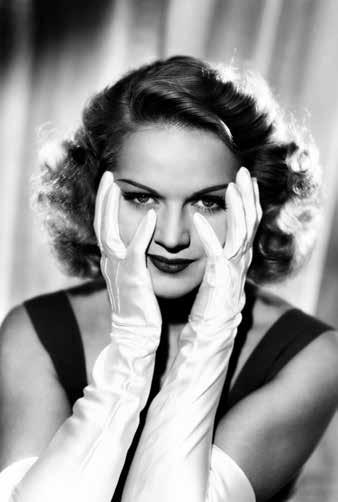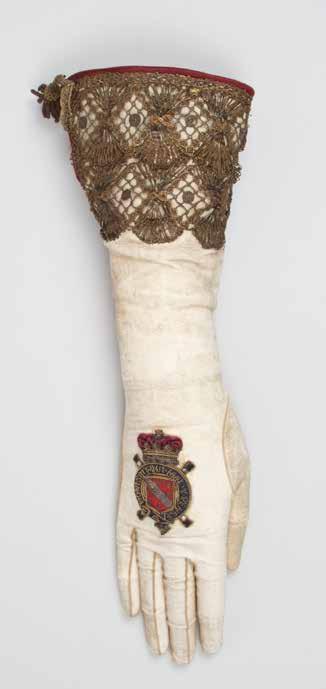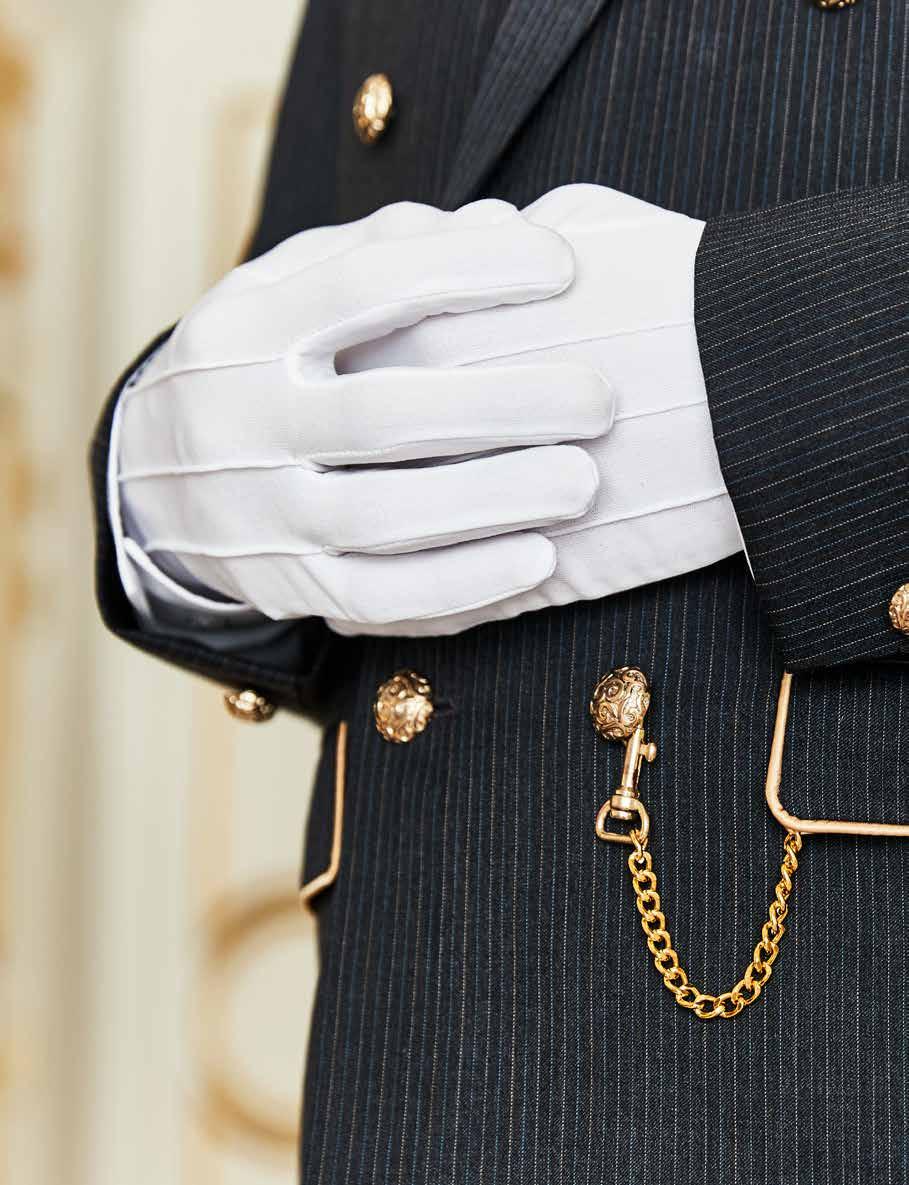
5 minute read
White Gloves: A Heritage of Nobility
The white glove has travelled through the centuries, evolving from a symbol of power to a mark of respect, and latterly an elegant accessory. Today, in the best hotels and restaurants, white gloves are a symbol of luxury. The epitome of luxury and tradition, Kempinski is dedicated to delivering beautiful performances. So it’s fitting that the white glove symbolises the hotelier’s refreshed guest journey, designed to ensure your well-being and safety in these challenging times.
A symbol of luxury, a brief history of the white glove
BY MARIE THURNEYSSEN

For centuries, wearing white gloves symbolised purity and nobility.
The roles and uses of white gloves, whether symbolic or practical, have changed over time. Today, white gloves are a mark of the outstanding service exemplified by luxury hotels and restaurants.
For centuries, pulling on or taking off gloves was a symbolic act in European social relations. In the Middle Ages, to take off one's gloves before another person was a sign of submission. It meant swearing allegiance to them: ‘disarming’ before them like a knight laying down his arms.
Equally symbolic was the wearing of white gloves for important ceremonies, as a mark of purity – a tradition dating back to the Middle Ages. A chronicle tells that in 960, at the enthronement ceremony for the new Bishop of Mayence, the monks of the SaintAlban monastery gave him a pair of white gloves. The congregation then said a prayer beseeching God to protect the purity of His servant's hands.
The kings of France also received a pair of white gloves at their coronation because the sacred hands of the king must not be sullied by touching impure objects. After the ceremony, the gloves were burnt to prevent anyone using them later.

One of Queen Victoria's coronation gloves.
From the 15th century, gloves lost their sacred nature and became fashion accessories and adornments. In the 19th century, more than ever, they became a sign of elegance. The rules of etiquette demanded that gloves be worn in public, but propriety dictated they should always be put on before leaving the house. Yellow gloves were worn for hunting; white gloves for a social gathering or a stylish restaurant. When they went out, men wore black clothing but with white gloves.
As Europe became ever wealthier, more and more homes had butlers or major-domos, who had to dress elegantly. With black suit, black tie, white gloves and white waistcoat, they wore much the same clothes as the master of the house and his prestigious guests. It was a way to give distinction to these particular servants, indicating their special status - almost equal to the social class they served. But the word ‘almost’ is crucial.
Butlers had authority over the other servants and often had some education. They were servants but not servile. Attentive but not submissive; confident but not intimate.
The figure of the butler became firmly established as standing alone between the two social classes. And this was symbolised by his white gloves. Previously the preserve of the elite, the historic accessory switched camp. While the master of the house took off his gloves when he got home, the butler did the reverse. Once a symbol of power, white gloves had become a sign of respect for power.

In the 19th century white gloves were the mark of the upper classes in general. As Europe became ever wealthier, more and more homes had butlers or major-domos, who had to dress elegantly. They wore much the same clothes as the master of the house.
Where before they had protected the master's hands, they now protected his belongings from the hands of his servant. Changing habits and fashions then took this reversal to another that you can continue level. In the 20th century, the upper classes gradually abandoned to enjoy reading white gloves and tail-coats until only their butlers wore them. Kempinski, the oldest luxury hotel brand in Europe, is heir to this grand tradition of luxury and elegance. So it’s only natural for the azine, company to preserve its heritage of elegant manners and the art of service. With its highly personalised hospitality, represented by The Lady in Red and private butlers for VIP guests, Kempinski is the epitome of European-style luxury.
Kempinski has chosen iconic white gloves to symbolise the measures it has taken for the safety and comfort of its guests during the difficult health challenges the world is experiencing.
The company and its staff are more committed than ever to ensuring that, throughout their stay, guests feel safe and continue to enjoy beautiful performances in all their hotels around the world.
Your refreshed guest journey
Kempinski White Glove Services
Guided by global health and safety recommendations, we’ve created Kempinski White Glove Services to make sure you feel safe and confident throughout your stay. Here’s what to expect:
• All guest-facing employees wear white gloves, as well as masks covering the nose and mouth.
• Remaining as attentive as always, our staff ensure guests and employees respect a distance of 1.5 to 2 metres.
• Sanitising stations are available in all public areas, including the hotel entrance.
• Enhanced cleaning and disinfection procedures have been implemented in guest rooms and lifts, as well as public and back-of-house areas.
At many of our hotels you can request indoor cycling bikes and other fitness equipment so you can keep fit in the comfort of your room.
Our Ladies in Red and receptionists will guide you through an adjusted check-in procedure. They’ll offer you a ‘Do not enter my room’ option, so no one will enter your room until you ask to have it serviced.
A luggage cleaning and disinfection service is also available.
Housekeeping services meet the highest possible hygiene standards. The selection of room amenities now includes hand sanitisers and face masks.
In our restaurants and bars, our employees adhere to the strictest hygiene standards and we maintain the recommended distance between guests.
We’ve implemented a distance floor in all spa areas, including changing rooms and showers. The cleaning and disinfection process has been enhanced. Where applicable, hotels have introduced special spa menus and pool usage procedures.
Our guest journeys fully adhere to local governmental rules and regulations. Full details are available in the Health & Safety sections of the individual hotel webpages on kempinski.com.










